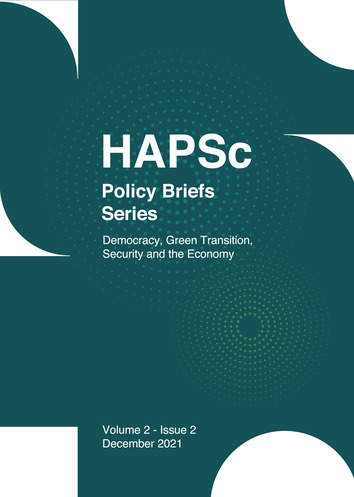Making Indigenous Peoples’ Rights in Canada Visible

Abstract
Although the United Nations have established mechanisms to exercise political authority and influence states’ policies and the global civil society puts pressure on their actions, indigenous peoples continue to face discrimination and violations of their rights. Canada constitutes a great example of a democratic country that is supposed to respect and protect human rights but violates the aboriginal rights extensively. The massive energy projects, Coastal GasLink pipeline, Trans Mountain pipeline and Site C dam, being developed in North and West Canada, do not respect the traditional lands and resources of the indigenous populations that live in the region and have been strongly condemned by the First Nations, the actors of the global civil society and the UN. Nonetheless, the Canadian government continues to fully support their construction. This paper aims to analyse the violations conducted against indigenous populations’ lands by the Canadian government and the reaction of the UN and global civil society, using a series of qualitative and quantitative data based on papers, analyses and reports of Institutes, Study Centers and Organizations.
Article Details
- How to Cite
-
Ntalakosta, A.-M. (2021). Making Indigenous Peoples’ Rights in Canada Visible. HAPSc Policy Briefs Series, 2(2), 14–23. https://doi.org/10.12681/hapscpbs.29487
- Section
- Articles

This work is licensed under a Creative Commons Attribution 4.0 International License.
Authors retain copyright and grant the journal right of first publication with the work simultaneously licensed under a Creative Commons Attribution License that allows others to share the work with an acknowledgement of the work's authorship and initial publication in this journal.

